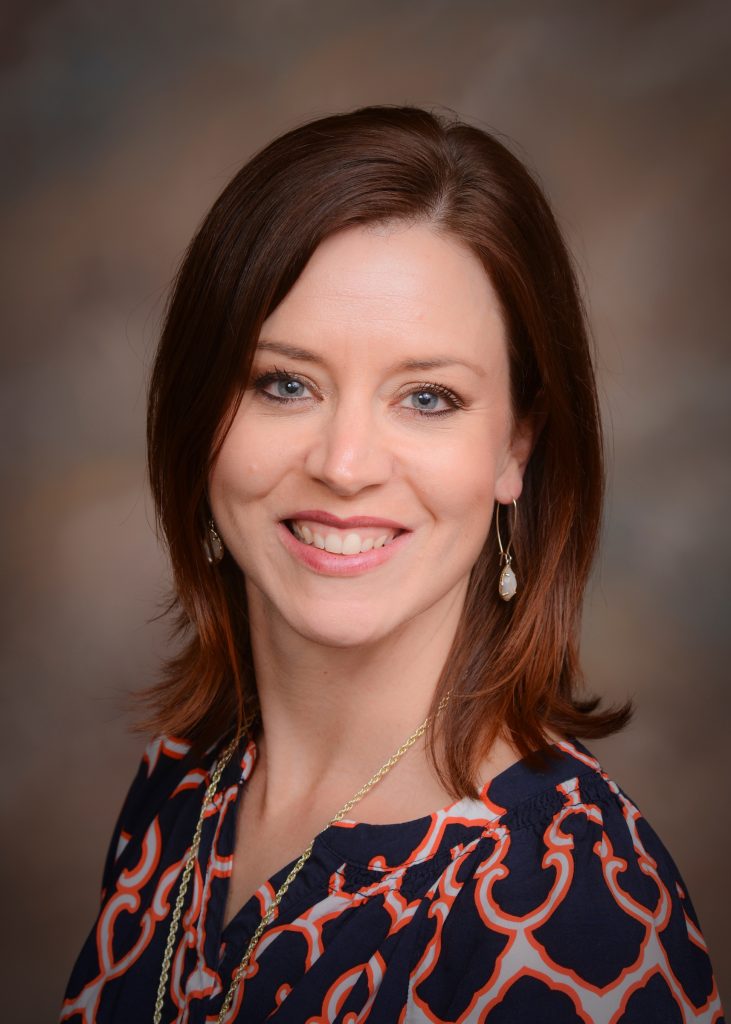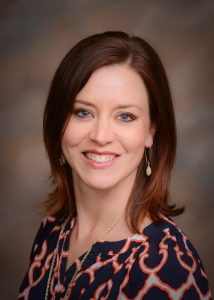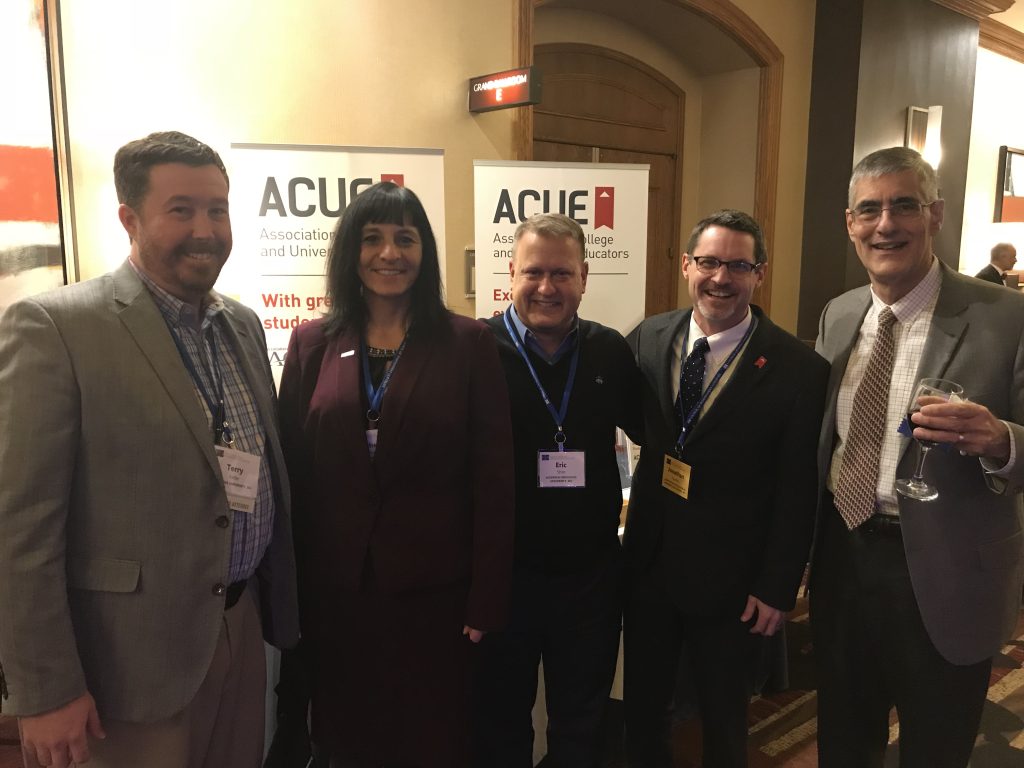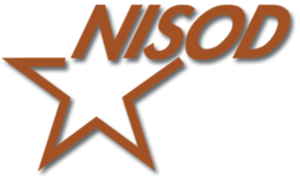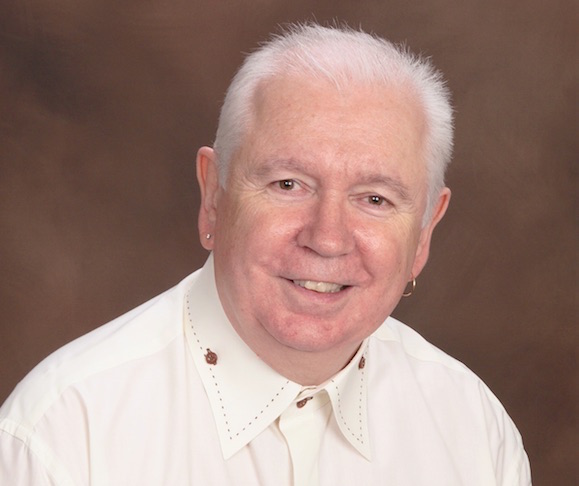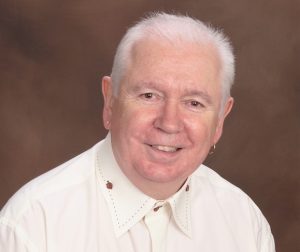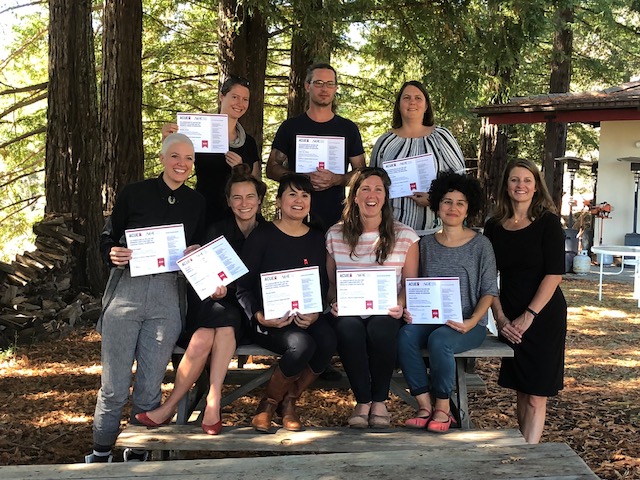
Growing Graduate Student Professional Development
By Jody Greene
When the University of California, Santa Cruz started the campus’s Center for Innovations in Teaching and Learning (CITL) in the summer of 2016, UC Santa Cruz had not had a teaching center or any systematic support for faculty development since the last CTL was eliminated in the budget cuts of 2008. Notwithstanding UC Santa Cruz’s core identity and history as a research university committed to great teaching and to bold educational experimentation, there had been uneven exposure to fundamental concepts in higher education pedagogy, such as learner-centered course design, active and inclusive pedagogy, a research- or evidence-based approach to teaching and assessment, and universal design for learning. Some instructors had expertise in these areas, but there had been no mechanisms for sharing these approaches with the faculty as a whole, let alone with our graduate students.
In recent years, discussions about the need to prepare graduate students to teach have become more widespread. Graduate students are often taught the content-specific knowledge of their disciplines and how to conduct research, but frequently they aren’t exposed to pedagogical training or research on learning that will help them motivate, engage, and retain students when they lead classes. Graduate students are not only future faculty members; they also serve as current teaching assistants and instructors, which makes this issue all the more pressing. At UC Santa Cruz, we’re committed to developing our graduate students’ pedagogical skills to support both their professional development and our undergraduate student success.
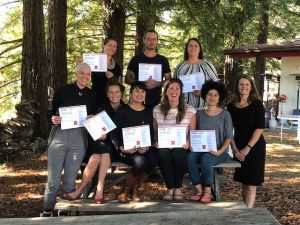 The CITL leadership was approached in spring 2017 by the Association of College and University Educators (ACUE) with a proposal, and then Vice Provost and Dean of Graduate Studies Tyrus Miller generously agreed to fund a pilot for graduate students. We enrolled 20 doctoral candidates in a pilot of the Course in Effective Teaching Practices that ran from January to August 2018 and began imagining ways these ACUE certificate holders could become a resource to other graduate student instructors and help us expand our reach. Around the same time we were talking with ACUE, we were asked by UC Santa Cruz’s Summer Session to develop programming to support the more than 100 graduate students acting as Instructors of Record in the summer. When putting out the call to participate in the pilot of the ACUE course, we focused on graduate students slated to teach their own courses in the summer in order to begin to respond to this need for teaching support.
The CITL leadership was approached in spring 2017 by the Association of College and University Educators (ACUE) with a proposal, and then Vice Provost and Dean of Graduate Studies Tyrus Miller generously agreed to fund a pilot for graduate students. We enrolled 20 doctoral candidates in a pilot of the Course in Effective Teaching Practices that ran from January to August 2018 and began imagining ways these ACUE certificate holders could become a resource to other graduate student instructors and help us expand our reach. Around the same time we were talking with ACUE, we were asked by UC Santa Cruz’s Summer Session to develop programming to support the more than 100 graduate students acting as Instructors of Record in the summer. When putting out the call to participate in the pilot of the ACUE course, we focused on graduate students slated to teach their own courses in the summer in order to begin to respond to this need for teaching support.
We supported the first ACUE cohort with two facilitators familiar with our university’s graduate student culture. One, Kendra Dority, was a recent UC Santa Cruz PhD, who was then working as the CITL’s only full-time professional developer. The other, Mecaila Smith, is currently a UC Santa Cruz doctoral candidate in Education, who had been working as a Graduate Student Researcher for the CITL and has a strong background in higher education pedagogy.
“The graduate students in the ACUE course at UC Santa Cruz creatively adapted the course content for the variety of teaching contexts they work within, from running discussions as Teaching Assistants to designing new courses for Summer Session,” said Dority. “They brought to the course their commitments to classroom equity and their interest in increasing student engagement, and left with practical tools that they said they will continue to use. Especially as a former UC Santa Cruz graduate student, I was honored to work with some of the most creative educators on campus and help to bring new professional development opportunities to graduate students.”
We identified a third doctoral student in the UC Santa Cruz ACUE cohort, Kirstin Wagner, who was tasked with researching and developing peer mentoring techniques that could be shared with anyone selected to serve as a Summer Graduate Pedagogy Mentor in 2018.
“Working to develop the Summer GSI Mentorship program,” Wagner offered, “allowed me to draw on my previous pedagogical training while expanding my UC Santa Cruz community to include others on campus working to bolster graduate student teaching support and enrich undergraduate student learning.”
In June 2018, 12 Summer Graduate Pedagogy Mentors were hired from the ACUE cohort and a Graduate Pedagogy Fellows “train the trainers” program for TAs that was borrowed from UC Irvine. These 12 local experts reached out to every graduate student teaching in the 2018 Summer Session with an offer of support and mentorship from someone in the same or a nearby academic discipline, forging new relationships with peer collaboration.
Alongside plans underway to introduce workshops in course design for all of our summer instructors next year, our Summer Graduate Pedagogy Mentors will continue to build UC Santa Cruz’s depth in graduate professional development in a way that supports undergraduate student success, develops our graduate students as outstanding instructors and leaders, and continues to make good on the university’s longstanding commitment to educational excellence and equity.
Jody Greene is Associate Vice Provost for Teaching and Learning and Director of the Center for Innovations in Teaching and Learning at UC Santa Cruz. She is also a Professor of Literature and Feminist Studies.
